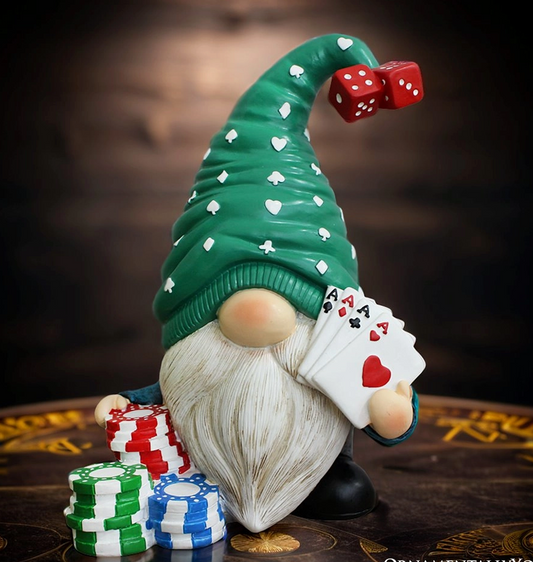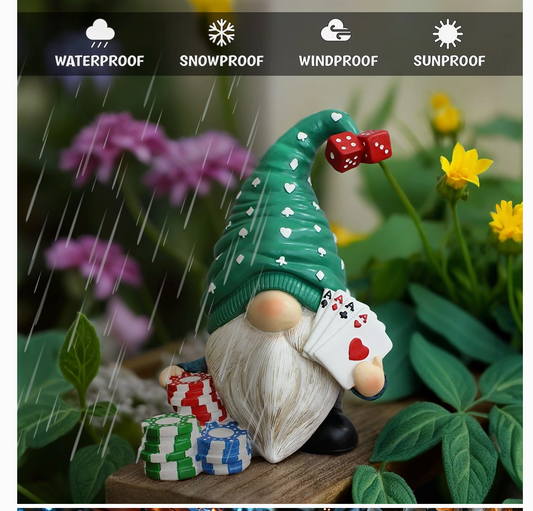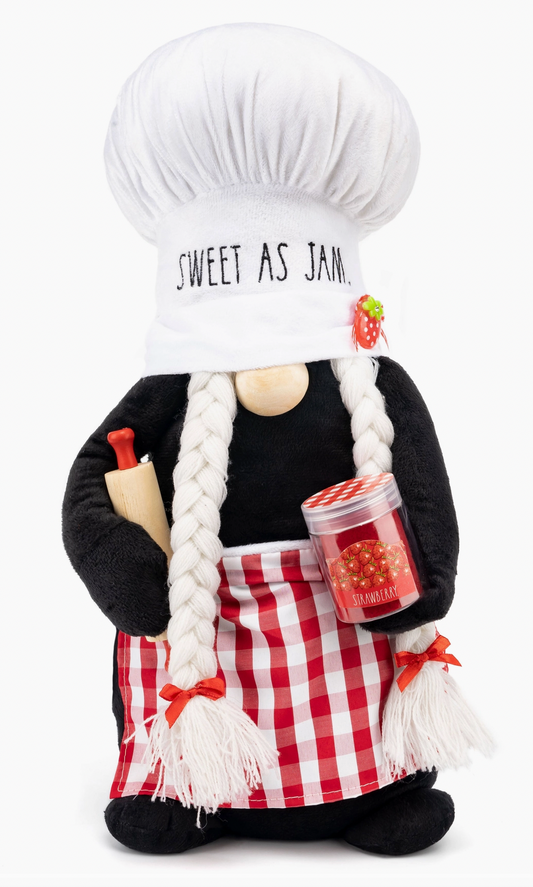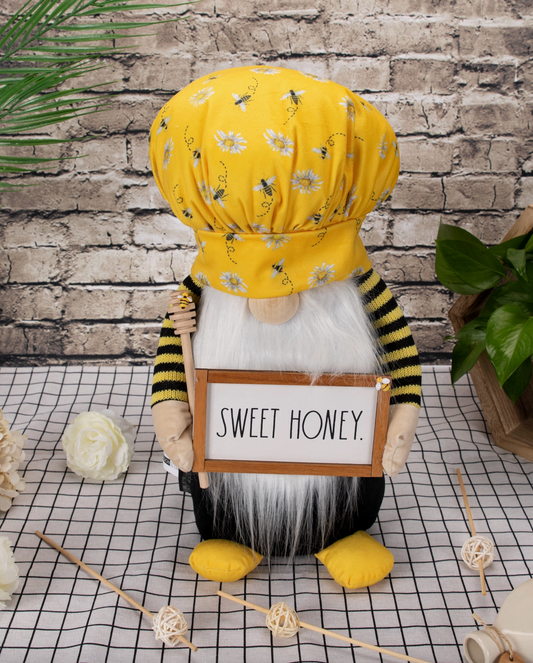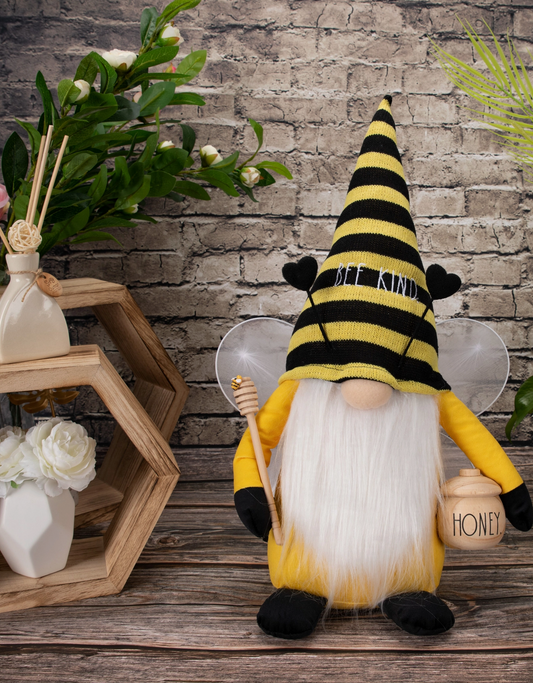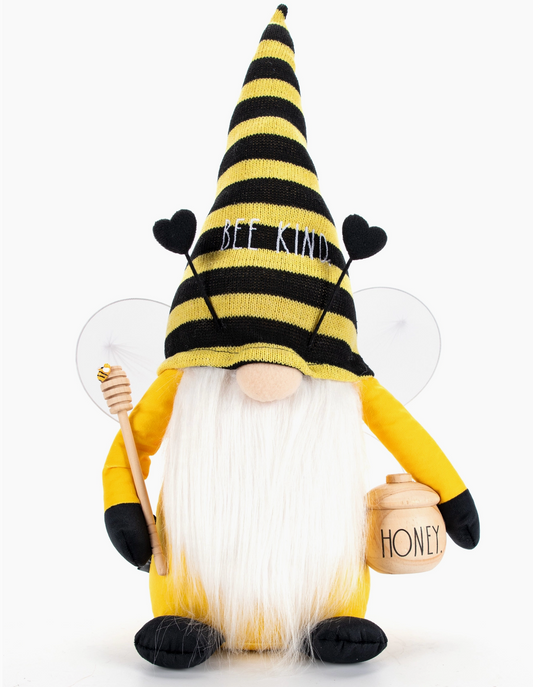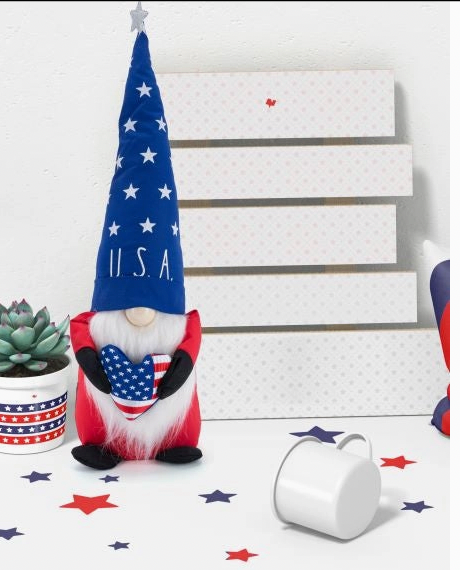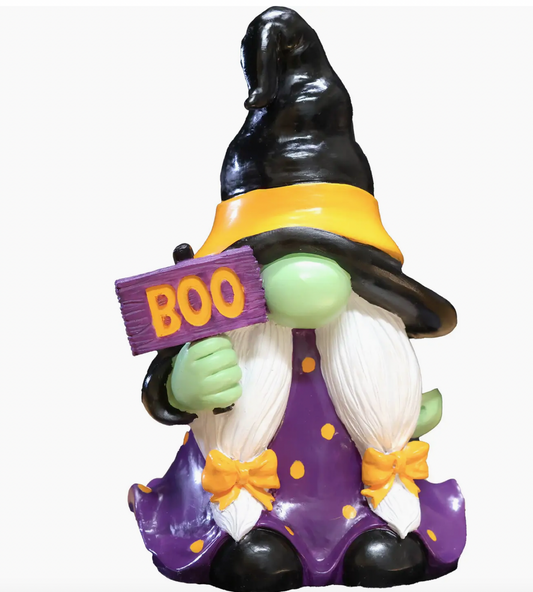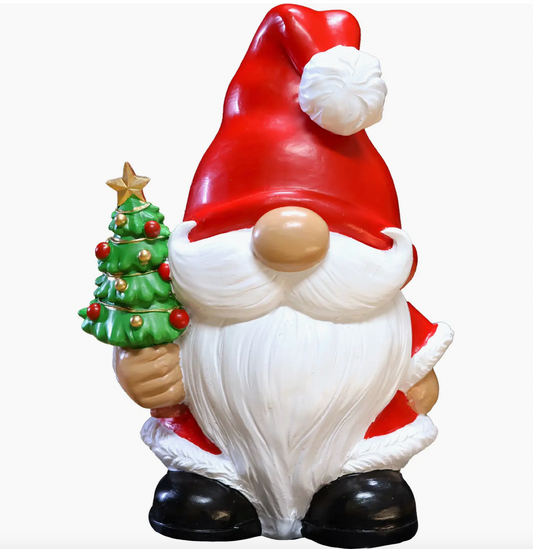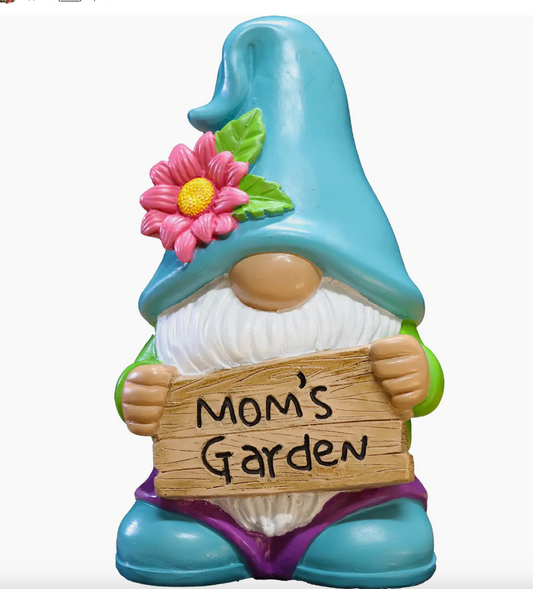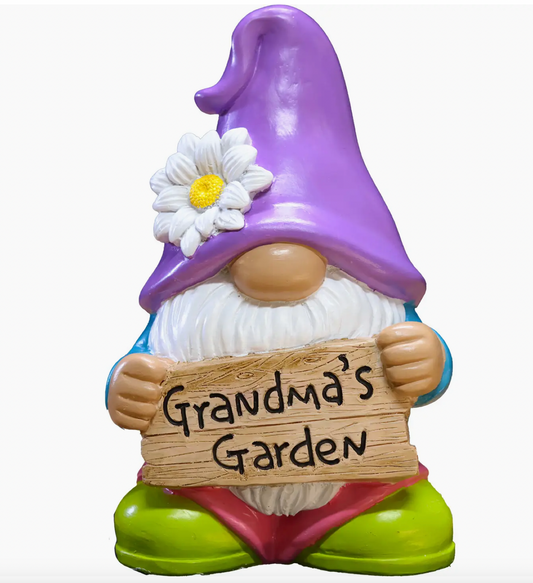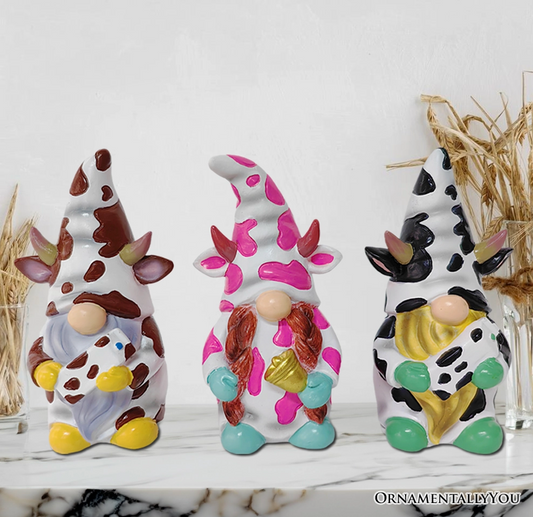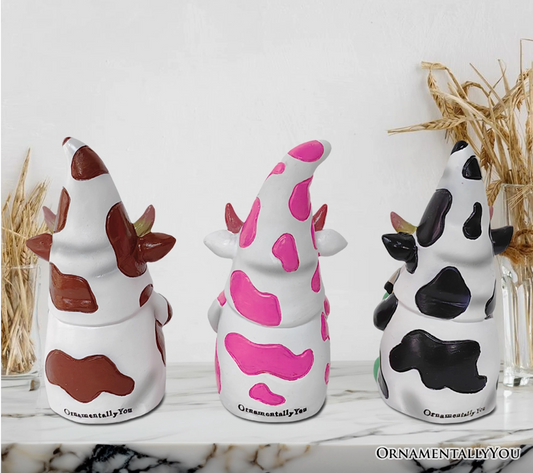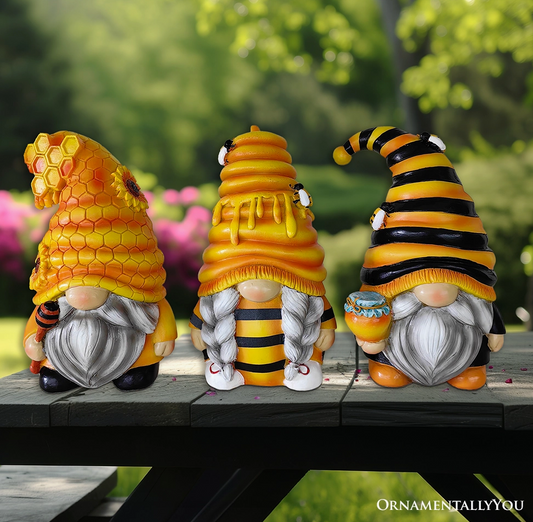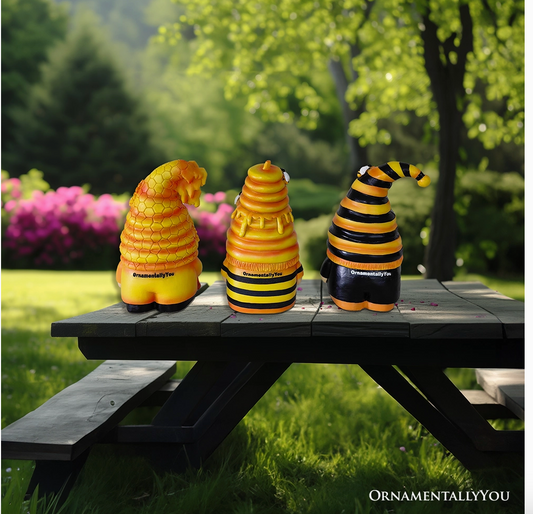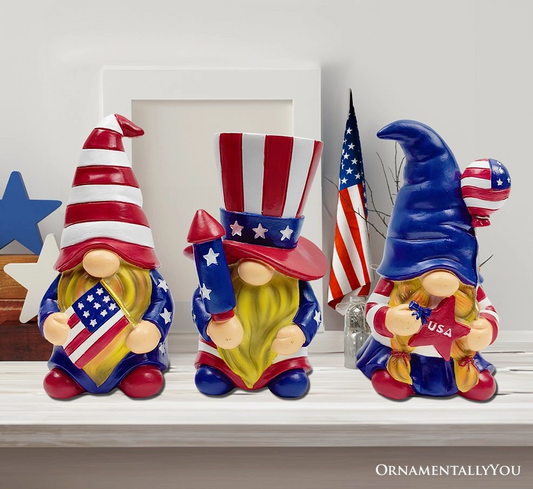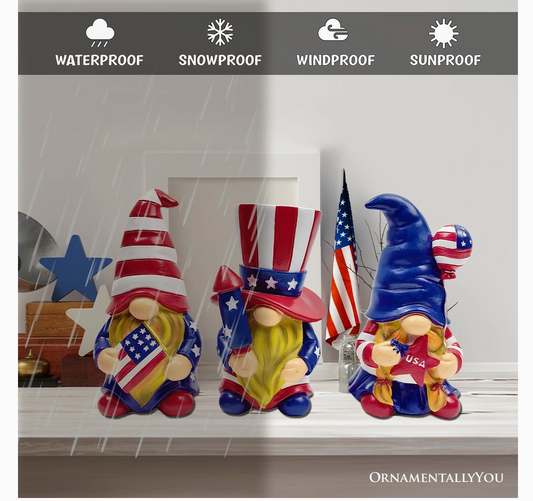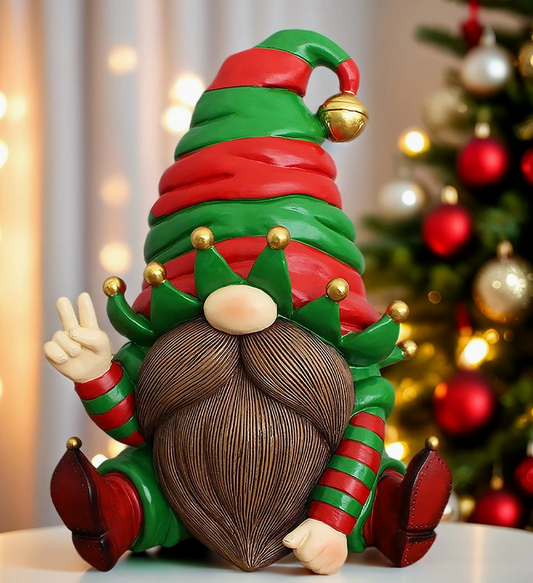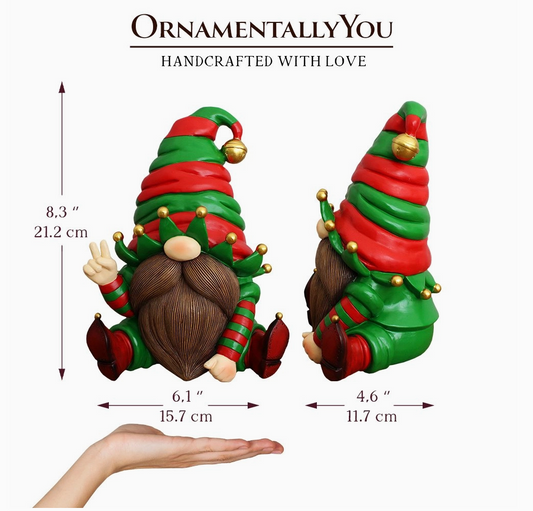Collection: Garden Gnomes
The earliest appearance of a garden gnome-like statue was in ancient Rome. Their garden forerunners were statues that represented the Roman gods. The most common among them was the god Priapus, a minor fertility deity whose origin came from Greek mythology. This deity was the protector of livestock, planting, and gardening. The act of putting out statues that represent mythical creatures has been around as early as the renaissance.
Garden gnomes became popular as home ornaments by the beginning of the 18th century, but mostly for wealthy families. It is believed that the very first contemporary-looking garden gnome (with the iconic red hat), was made in Germany by sculptor Phillip Griebel. Soon, the fashion had spread across Europe, from England to Poland, and Griebel concentrated his entire manufacturing around producing garden gnomes.
Gnomes have been a big part of folklore for centuries. They are typically portrayed as small humanoid creatures with a pointy red hat and a long white beard. Current statues can be made of concrete or plastic and come in different sizes, shapes, and colors.
There are several reasons the use of gnomes in a garden became popular. In the very beginning, garden gnomes are a symbol of good luck. Gnomes also added some color to a mostly green garden. People also thought the gnomes would provide protection. They were thought to provide protection for buried treasure, minerals in the ground, and to watch over crops and livestock.
For some, the presence of gnomes in the garden helped promote the natural growth of plants. Folklore indicates the gnomes were creatures that took care of vegetation. They were known to be good with their hands which is great for growing plants. Others felt the primary function of these statues was to protect the gardens from evil spirits, as well as to ensure a successful harvest. Gnomes for some people help provide a connection to an older way of life. Farmers believed they were good luck charms and even helped gardeners during the night.
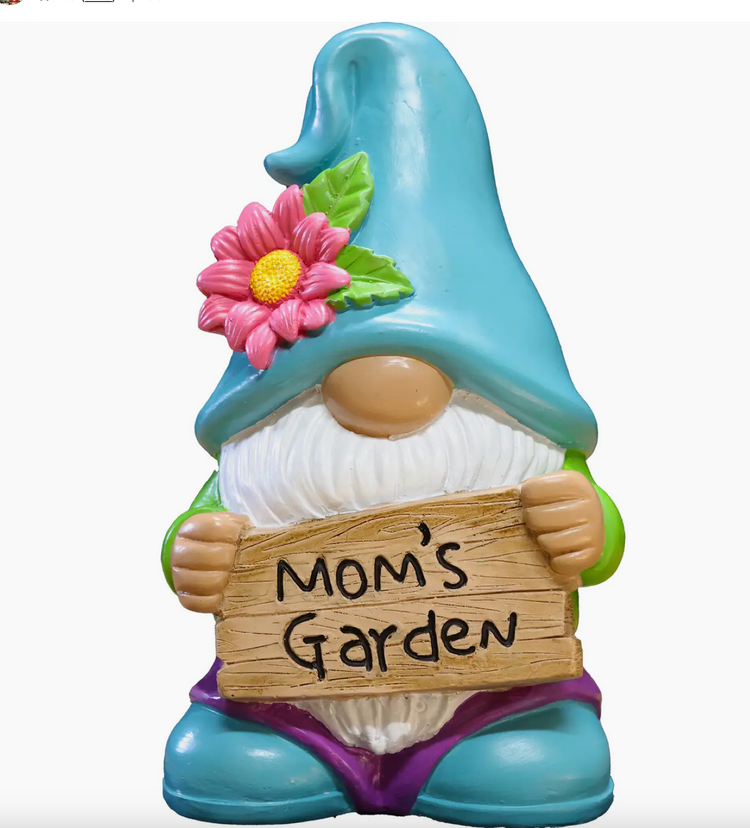
-
Casino Poker Gnome Figurine, 8" Room Table Decor Statue
Regular price $26.99 USDRegular priceUnit price / per -
Beach Gnome Garden Statue
Regular price $25.99 USDRegular priceUnit price / per -
Rae Dunn “Kiss the Cook” Plush Baker Gnome with Rolling Pin
Regular price $32.99 USDRegular priceUnit price / per -
Rae Dunn “S’More Fun” White Beard 4th of July Garden Gnome
Regular price $32.99 USDRegular priceUnit price / per -
Rae Dunn Patriotic Fabric Gnome “Fire” American Decoration
Regular price $32.99 USDRegular priceUnit price / per -
Welcome Gnome Garden Statue
Regular price $25.99 USDRegular priceUnit price / per -
Rae Dunn “High Tea” Décor Chef Gnome with Teacup and Teapot
Regular price $32.99 USDRegular priceUnit price / per -
Rae Dunn “Grillin’ and Chillin’” Barbecue Chef Beer Gnome
Regular price $32.99 USDRegular priceUnit price / per -
Rae Dunn “Sweet As Jam” Black, Red and White Garden Gnome
Regular price $32.99 USDRegular priceUnit price / per -
Rae Dunn “Sweet Honey” Décor Chef Gnome with Dipper
Regular price $32.99 USDRegular priceUnit price / per -
Rae Dunn “Bee Kind” Décor Plush Gnome with Honey Jar
Regular price $32.99 USDRegular priceUnit price / per -
Rae Dunn “USA” Patriotic Plush Gnome with USA Flag Heart
Regular price $32.99 USDRegular priceUnit price / per -
Witch Gnome Garden Statue
Regular price $25.99 USDRegular priceUnit price / per -
Santa Gnome Garden Statue
Regular price $25.99 USDRegular priceUnit price / per -
Mom's Garden Gnome Statue
Regular price $25.99 USDRegular priceUnit price / per -
Grandma's Garden Gnome Statue
Regular price $25.99 USDRegular priceUnit price / per -
Fireman Gnome Garden Statue
Regular price $25.99 USDRegular priceUnit price / per -
Americana Gnome Garden Statue
Regular price $25.99 USDRegular priceUnit price / per -
Endearing Cow Gnome Trio Mini Statue Set of Three
Regular price $28.99 USDRegular priceUnit price / per -
Buzzy Trio Set of Three Bumble Bee Gnome Figurines
Regular price $39.99 USDRegular priceUnit price / per -
Patriotic Gnome Trio Figurines, Set of Three Garden Statue
Regular price $34.99 USDRegular priceUnit price / per -
Cheerful Elf Gnome Festive Figurine 8" Garden Statue
Regular price $29.99 USDRegular priceUnit price / per

